 |
Flashpoint has announced a new flagship portable flash, the XPLOR Power 1200 R2. The flash is the newest member of Flashpoint’s R2 series of portable, wireless flashes.
The XPLOR Power 1200 R2 is Flashpoint’s most powerful flash unit and it offers multiple flash modes, including power recycling of less than two seconds and long flash duration for continuous shooting. The XPLOR Power 1200 Pro power pack and flash head combine to weigh just over 17 pounds. Of the wireless flash, Flashpoint Brand Manager, Solomon Leifer, said the following:
‘The Flashpoint XPLOR Power 1200 Pro is our most robust and powerful wireless flash, while remaining lightweight and portable for location shooting. With 1200W output and an excellent battery-powered system, the XPLOR Power 1200 Pro flash is perfect for ‘big event’ and outdoor photographers.‘
The Flashpoint XPLOR Power 1200 Pro includes a built-in Flashpoint 2.4 GHz R2 wireless flash system and offers wireless control for Canon, Fujifilm, Nikon, Olympus, Panasonic, Pentax and Sony TTL camera systems. The strobe offers nine steps of output power, ranging from 1/1 to 1/256. The flash includes a high-speed sync (HSS) mode that can work with shutter speeds up to 1/8000s. For stopping action, flash durations range from 1/220 to 1/10,860s.
 |
Photographers need more than speed and power; they also need color stability with their lighting. The flash offers a Stable Color Temperature mode to better control temperature changes. Flashpoint states that this mode keeps temperatures ranges within +/- 75K throughout the entire power range.
Connectivity features include a pair of 3.5mm sync cord plug holes for wired connection, a wireless control port and a USB Type-C port for future firmware upgrades. For connecting light modifiers, the flash head is compatible with Bowens S-Type modifiers, resulting in compatibility with hundreds of light modifiers.
For extended shooting, the large-capacity lithium-ion battery in the power pack delivers 480 full-power flashes and can be fully recharged in two hours. The battery is 36V/5200mAh and it can be swapped out of the power pack in seconds. There is also an optional AC adapter to replace the battery chamber for a direct main connection when shooting indoors or in a studio environment. If photographers want to travel by air, there’s also a 36V/2600mAh rechargeable battery pack option.
 |
| Close-up image of the Power Pack. |
Additional features include a 40W LED modeling lamp with three selectable modes, fan cooled flash head, three active flash modes (Manual, TTL and Multiflash) and a Stroboscopic Mode capable of delivering 100 continuous flashes at 1/16 power output.
 |
| The Flashpoint XPLOR Power 1200 Pro R2 flash comes with the flash head, power pack, reflector, glass lamp cover, lithium-ion battery, battery charger, power cable, carrying case and rolling case. |
The Flashpoint XPLOR Power 1200 Pro R2 flash system is available now for $ 1,599 USD from Adorama and comes with a power pack, flash head, reflector, glass lamp cover, lithium-ion battery, battery charger, power cable, carrying case and rolling case.
As Adorama’s house brand in the United States, this flash is sold as a Flashpoint product. However, it can also be purchased as the Godox AD1200 Pro from other retailers and in other markets. As we noted in our coverage of the Flashpoint XPLOR 300 Pro, for customers in the United States, Flashpoint products are covered by a two-year warranty when purchased through Adorama.
Articles: Digital Photography Review (dpreview.com)






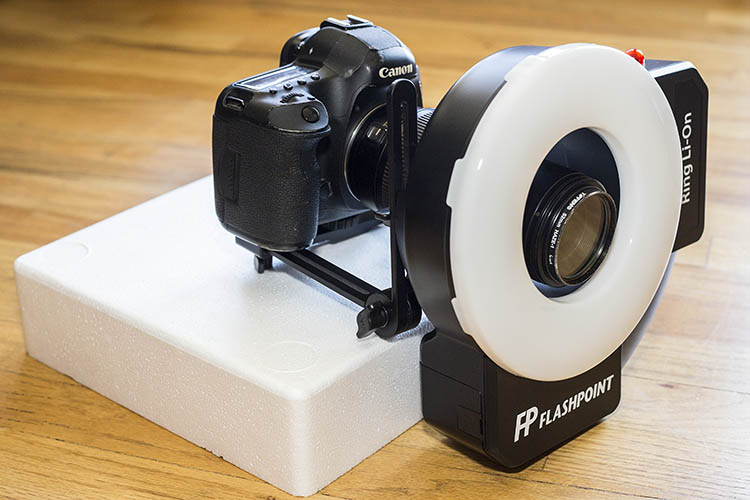
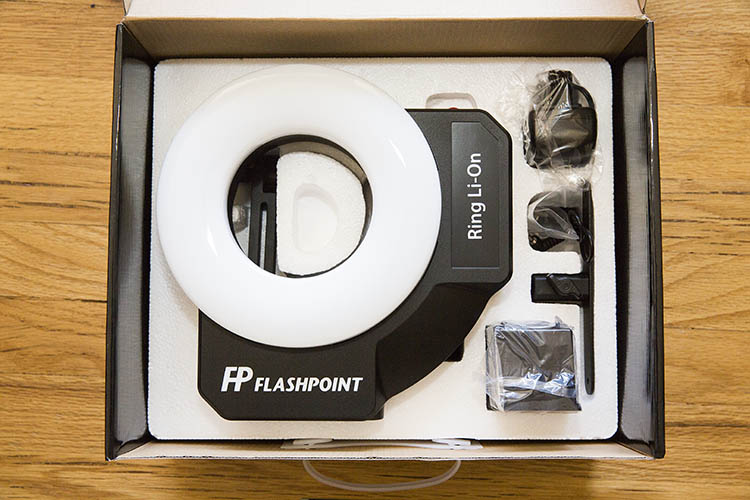
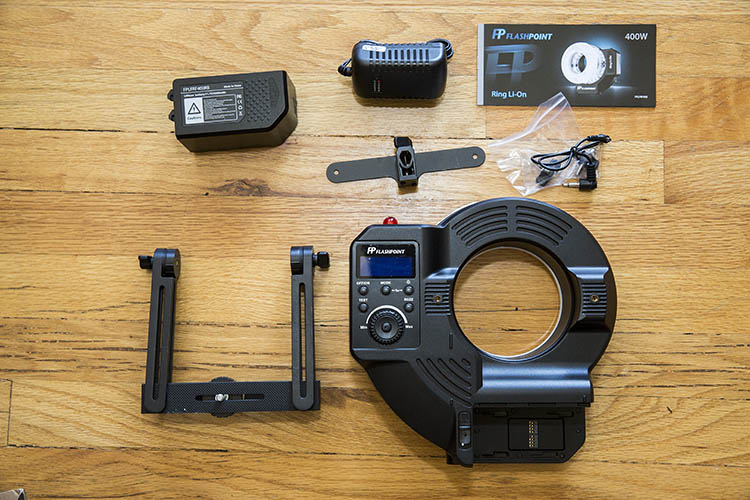
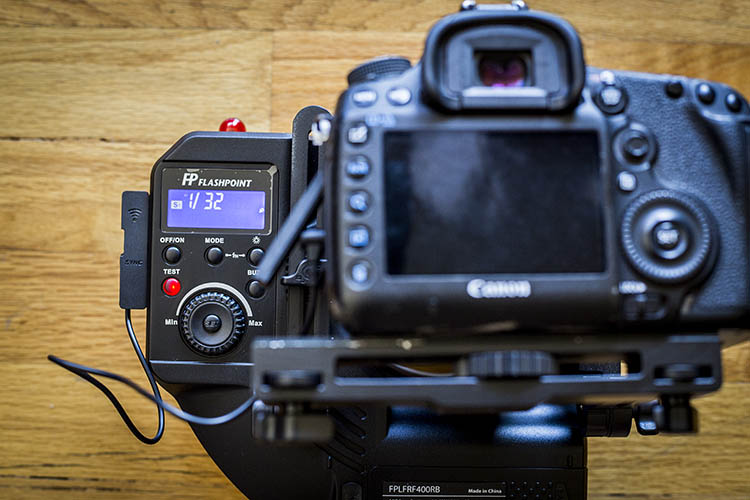



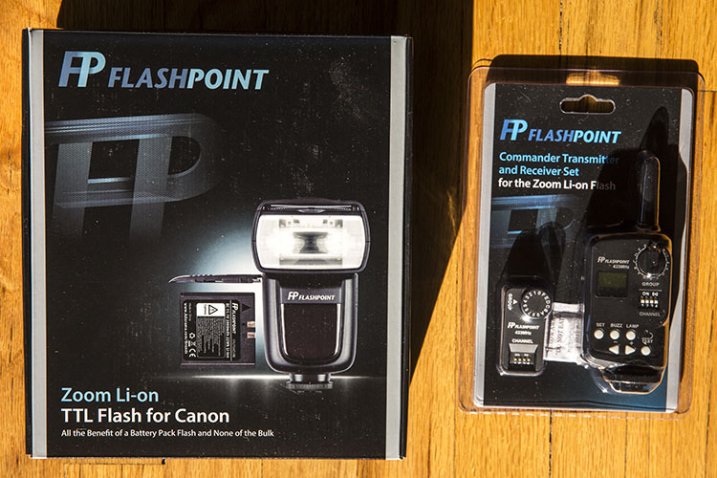
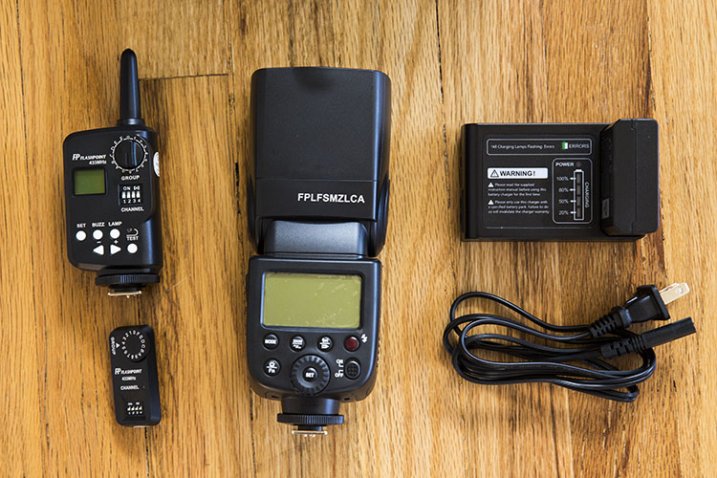
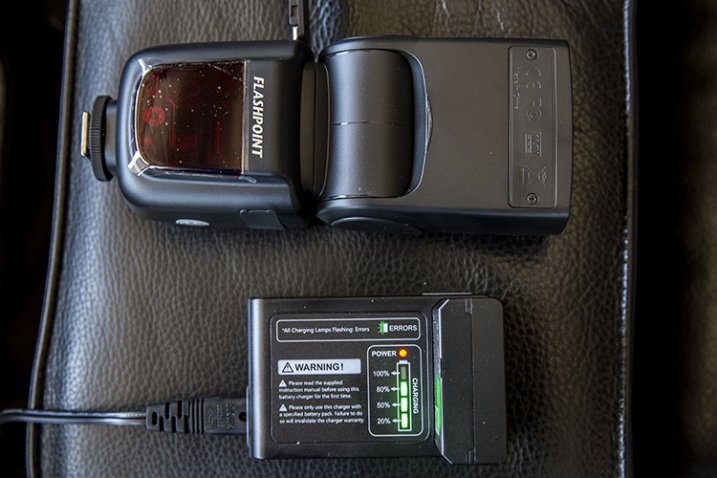
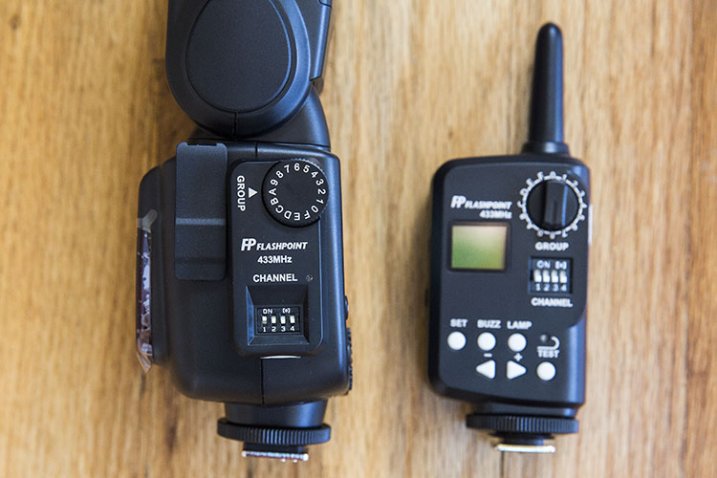







You must be logged in to post a comment.